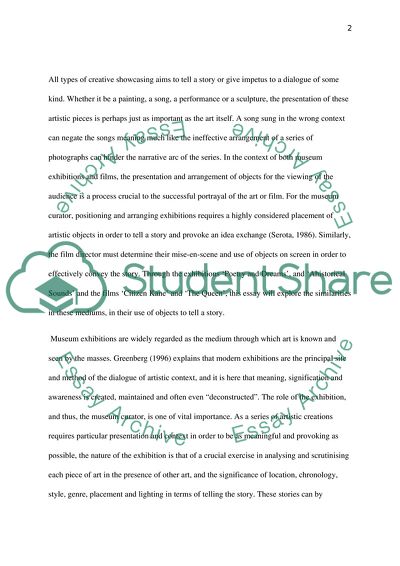Cite this document
(Comparing the Use of Objects as Narrative Devices in Art Exhibitions Essay, n.d.)
Comparing the Use of Objects as Narrative Devices in Art Exhibitions Essay. https://studentshare.org/culture/1774940-museum
Comparing the Use of Objects as Narrative Devices in Art Exhibitions Essay. https://studentshare.org/culture/1774940-museum
(Comparing the Use of Objects As Narrative Devices in Art Exhibitions Essay)
Comparing the Use of Objects As Narrative Devices in Art Exhibitions Essay. https://studentshare.org/culture/1774940-museum.
Comparing the Use of Objects As Narrative Devices in Art Exhibitions Essay. https://studentshare.org/culture/1774940-museum.
“Comparing the Use of Objects As Narrative Devices in Art Exhibitions Essay”. https://studentshare.org/culture/1774940-museum.


